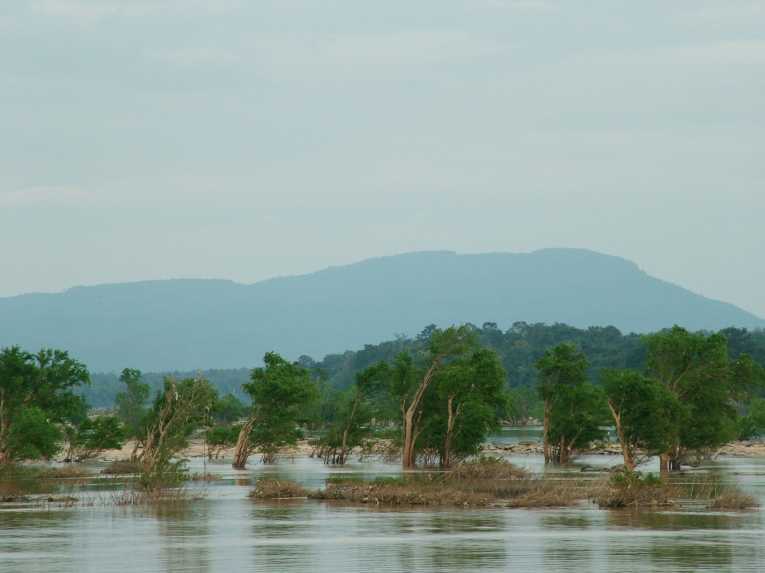Critics are voicing fresh concerns over the construction of the Xayaburi dam in Laos, a proposed hydroelectric project on the lower Mekong River.
Opponents of its development warn that building the dam will have devastating impacts on freshwater biodiversity and fish migration in the region, as well as impacting the food supplies and livelihoods of hundreds of thousands of people.
Lower Mekong countries, including Laos, Thailand, Cambodia and Vietnam, are scheduled to decide on whether the dam project can move ahead on April 22.
However, a coalition of researchers, environmentalists and conservation organisations, including the WWF, have called for a 10 year delay in the approval of the Xayaburi dam, demanding that additional, in-depth studies are conducted to better assess its potential environmental impact.
Cambodia, whose fisheries industry will be particularly hard-hit by the planned dam, has also recommended that the project is delayed. The lower Mekong has also seen a number of local protests against the construction of the dam.
A review of the dam was recently commissioned by the WWF, and the findings have been released today, giving added weight to demands to halt the project. The review focuses on the fish and fisheries section of the Feasibility Study (FS) and the Environmental Impact Assessment (EIA) of the Xayaburi power project, and pays particular attention to the fish passes proposed as environmental impact mitigation measures.
The review found that both the FS and EIA were ''woefully inadequate'' and failed to address key environmental risks, considering them to fall short of the international standards expected of such studies.
A number of important published studies that have previously assessed the biodiversity of the Mekong were ignored, and conclusions were drawn from a small number of field samples which, according to WWF, captured ''less than a third'' of the biodiversity present in the impact area.
More than 229 fish species are known to exploit habitats upstream of the dam site, either for spawning or as refuge during the dry season. 70 of these species are classified as migratory, and would be severely affected by the proposals. However, the EIA for the Xayaburi dam mentioned just 16 species, including 5 migratory species. It referenced just 3 out of more than 28 studies on Mekong fish migration.
The review also found that the fish passes, which are intended to facilitate the natural migration of fish around the dam, ignored design guidelines and did not consider the biology of the target species.










